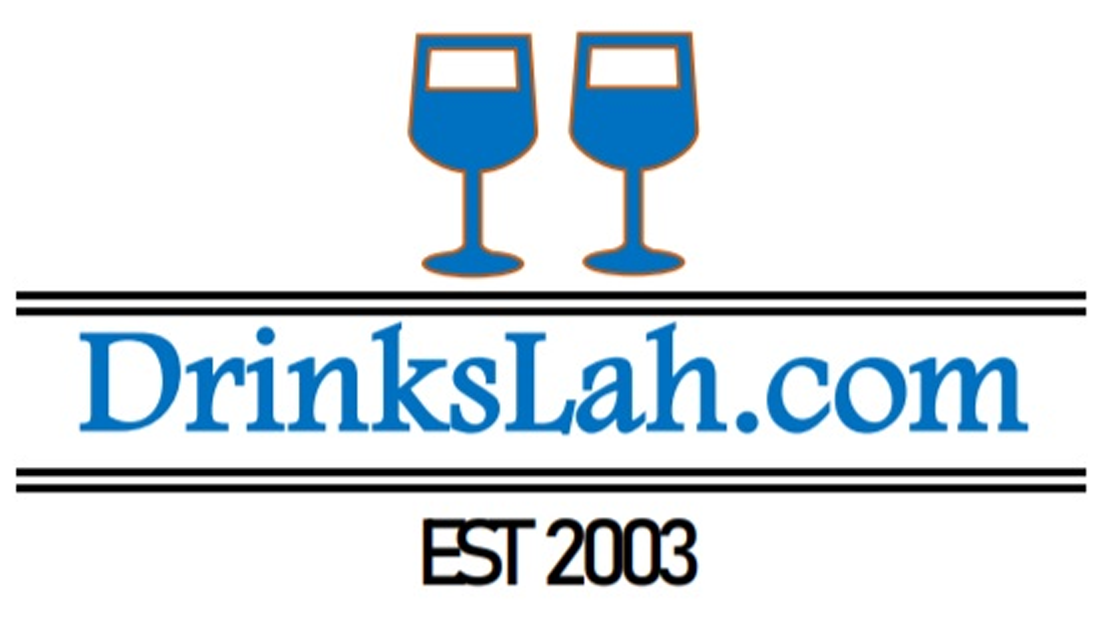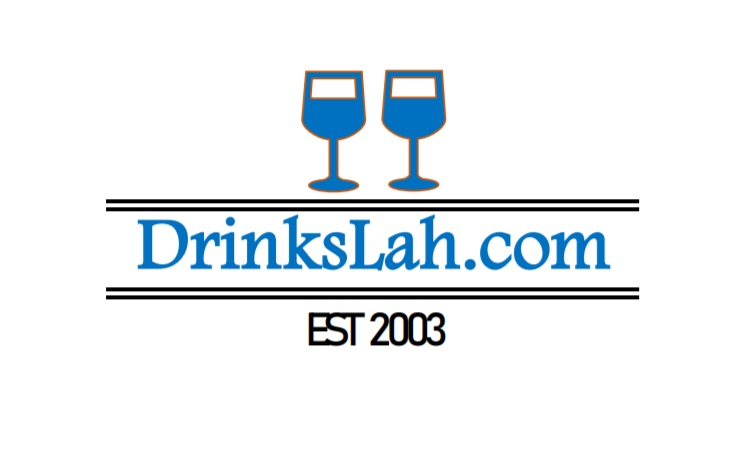Leading our department’s comprehensive curriculum review, I faced the daunting task of analyzing years of course materials, learning outcomes, assessment data, and student feedback scattered across multiple systems and formats. The curriculum review process was essential for accreditation and program improvement, but the disorganized state of our documentation made systematic analysis nearly impossible. Critical information about course sequencing, assessment alignment, and program coherence was buried in inaccessible formats, threatening the quality and credibility of our review process.
Let me describe the curriculum documentation chaos I was confronting. Our educational psychology department had undergone gradual curriculum changes over the past decade, with individual faculty members modifying courses, updating assessments, and experimenting with new approaches. While these innovations were valuable individually, there was no systematic documentation of how these changes related to overall program goals or how the curriculum functioned as a coherent whole.
The immediate problem became apparent when I tried to gather materials for the curriculum review committee. Course syllabi were stored in different formats across various platforms, assessment data existed in separate spreadsheets, and student feedback was collected through multiple systems without consistent organization. Simply locating the necessary documents was consuming valuable time that should have been dedicated to analysis and decision-making.
What made this situation particularly challenging was that curriculum review required seeing both the details of individual courses and the patterns across the entire program. We needed to understand how specific courses contributed to program-level learning outcomes, how assessment strategies aligned across sequences, and how student experiences connected different learning experiences merge pdf into one coherent educational journeys.
The historical perspective created additional complexity. The review required understanding how curriculum decisions had evolved over time and what evidence existed about the effectiveness of various approaches. Without systematic organization of historical materials, we struggled to learn from past successes and failures or to build upon established strengths.
The faculty engagement concerns compounded these difficulties. Different faculty members had different levels of documentation and organizational practices, making it difficult to gather consistent information across all courses. Some instructors maintained detailed records while others had minimal documentation, creating uneven coverage of the curriculum.
The accreditation and quality assurance implications were equally significant. External reviewers would expect comprehensive documentation of curriculum design, assessment processes, and program effectiveness. Without organized evidence of our educational practices and outcomes, we risked negative accreditation findings that could affect program funding and reputation.
The breaking point came during a preliminary review meeting when committee members realized we couldn’t adequately answer basic questions about how our curriculum addressed professional standards or how assessment data informed program improvements. The lack of organized documentation was preventing us from demonstrating the quality and effectiveness of our educational programs.
That evening, I decided that successful curriculum review required creating a comprehensive documentation system that would bring together all relevant materials into organized, accessible collections. The approach would involve systematic gathering, conversion, and organization of curriculum materials to support both immediate review needs and ongoing program improvement.
I developed a systematic approach to curriculum documentation by converting and merging materials into analytical collections that supported comprehensive program review. The process involved identifying what types of evidence were needed for different aspects of curriculum analysis and organizing materials to support both detailed examination and pattern recognition.
For different aspects of curriculum review, I created documentation collections that included:
- Course syllabi and learning outcomes organized by program level and sequence to analyze curriculum coherence
- Assessment materials and student work samples showing how learning was evaluated across different courses
- Curriculum maps showing how program-level outcomes were addressed across individual courses
- Historical documentation showing how curriculum decisions had evolved and what evidence informed changes
- Student feedback and performance data analyzed across different course sequences and time periods
- External standards and accreditation requirements aligned with specific curriculum elements
The transformation in our curriculum review process was immediate and profound. Suddenly, committee members could access comprehensive information about all aspects of our program and analyze patterns that had been invisible when materials were scattered and disorganized.
What surprised me most was how the organized documentation revealed insights about our curriculum that we hadn’t recognized previously. We could see clearly where learning outcomes were well-supported and where gaps existed, how assessment strategies aligned across courses, and how student experiences connected different learning opportunities into coherent educational journeys.
Perhaps most valuable was how the systematic approach enabled evidence-based decision making about curriculum improvements. Instead of relying on anecdotal evidence or individual preferences, we could analyze comprehensive data about student learning, course effectiveness, and program outcomes to make informed decisions about changes and innovations.
The organized documentation also transformed our accreditation preparation. Instead of scrambling to locate evidence when reviewers arrived, we had comprehensive collections that demonstrated the quality and effectiveness of our programs. This preparation reduced stress and increased our confidence in meeting accreditation standards.
Looking back at the curriculum review challenges I initially encountered, I realize that creating systematic documentation was about more than just surviving accreditation—it was about developing the organizational capacity needed for ongoing program improvement and evidence-based educational decision making.
What I learned was that effective curriculum review and program improvement require systematic documentation that makes both the details and the patterns of educational practice visible and analyzable. When we create systems that organize curriculum materials comprehensively, we develop the capacity to understand and improve our educational programs continuously.
If you’re facing curriculum review, accreditation preparation, or program improvement challenges and struggling with disorganized educational documentation, I encourage you to explore how systematic organization and analysis of curriculum materials might transform your review process and outcomes. Think about how converting and merging course materials into analytical collections might reveal patterns and insights that support evidence-based program improvements.
The journey from curriculum chaos to systematic documentation taught me that the most effective educational programs are those that can systematically document, analyze, and improve their practices based on comprehensive evidence. When we create organized systems that make our educational work visible and analyzable, we develop the capacity for continuous improvement that sustains program quality over time.


